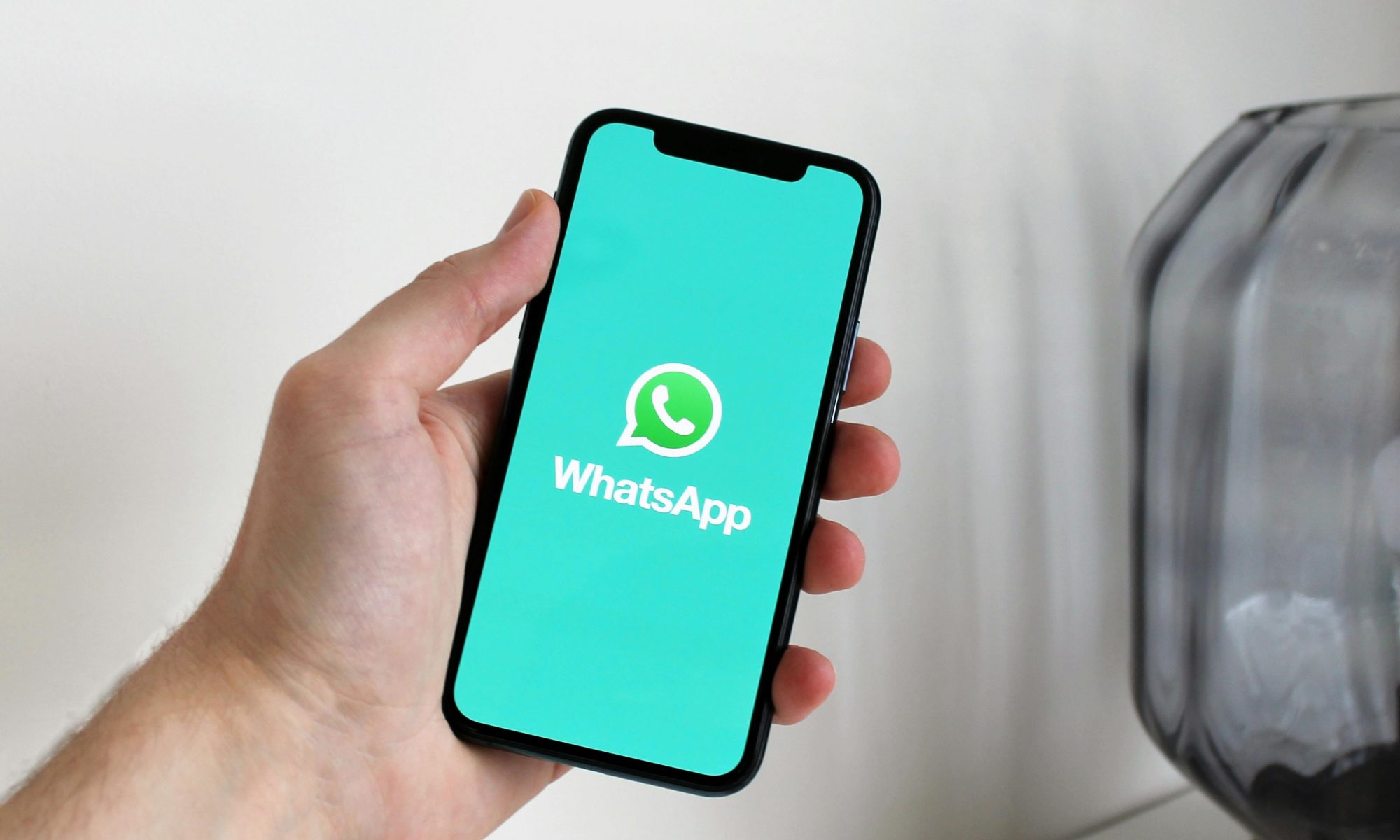SMS spam is more than a minor annoyance. Unsolicited messages flood your phone daily, often carrying links or requests that can compromise your personal information or business operations. According to a survey, 67% of Filipinos experience receiving spam messages at least once a month.
Beyond irritation, these messages can lead to identity theft, financial loss, and breaches of sensitive data. Understanding the risks and recognizing the warning signs is essential for anyone seeking to safeguard their digital communication channels.
This article explores what SMS spam entails, the dangers it presents, and practical steps individuals and businesses can take to protect themselves effectively.
Spam Text Messages Explained
Spam text messages are unsolicited mobile messages sent to multiple recipients without consent. They often appear harmless, mimicking legitimate services, but their purpose can range from phishing attempts to distributing malware.
Smishing, the SMS equivalent of phishing, tricks users into clicking links or providing confidential information, often using urgent language or fake promotions.
Some messages carry attachments that can infect your device with malware, giving attackers access to passwords, bank accounts, and other sensitive data. Businesses also face risks from SMS spam.
Employees who interact with infected links can inadvertently expose the company’s network to breaches. Attackers may target customer databases or internal communication channels, leading to significant financial and reputational damage.
Unlike email spam, SMS messages demand more immediate attention, increasing the likelihood that recipients act impulsively. Recognizing patterns—unfamiliar numbers, suspicious links, or unexpected messages—is the first step in preventing harm.
The Dangers of SMS Spam (And How to Combat It)
SMS spam is not just a nuisance; it can undermine personal security and disrupt business operations. Each message carries potential threats, and failure to address them can escalate into serious consequences. Below are the main dangers, real-world examples, and practical steps to mitigate risk.
1. Malware and viruses
Malicious links or attachments in spam text messages can install malware that tracks keystrokes, steals files, or remotely controls your device. As such, you can loss crucial data, such as bank details, as well as other personal information that can be used in nefarious ways.
Solution: Always verify links before clicking. Install reputable antivirus apps and keep your device’s operating system updated to block known vulnerabilities.
2. Phishing attacks
Smishing messages often impersonate banks, delivery services, or even government agencies, using urgency to extract personal information. Attackers can replicate the exact logos and language of trusted brands, making deception convincing.
Solution: Contact the company directly through official channels rather than replying to the message. Enable two-factor authentication on accounts to reduce the impact of compromised credentials.
3. Identity theft
Information provided through phishing or malware can allow criminals to open accounts or access sensitive personal data. The FTC identified that theft complaints surged after high-profile SMS phishing campaigns targeted mobile users.
Solution: Monitor bank accounts, credit reports, and digital identities. Use strong, unique passwords for all accounts and change them regularly.
4. Financial loss
SMS scams can trigger unauthorized purchases or wire transfers. In one recent scam, recipients received fake delivery notifications asking for payment confirmation, which led to direct debit fraud.
Solution: Avoid sending financial information via SMS. Use secure apps or official websites for transactions and review statements regularly for unusual charges.
4. Data breaches
A single compromised employee device can provide attackers access to corporate databases, including customer information and intellectual property. For example, small businesses often underestimate the risk until sensitive client data leaks, resulting in legal and financial repercussions.
Solution: Encrypt sensitive files, limit access to critical systems, and use endpoint security solutions. Educate employees about recognizing suspicious messages.
5. Decreased productivity
Frequent interruptions from spam text messages distract employees and reduce operational efficiency. Research shows that constant notifications, even harmless ones, can reduce focus and increase errors.
Solution: Implement company-wide guidelines for handling unknown messages and encourage employees to report suspicious SMS immediately. Use automated filters where possible.
6. Email system strain
SMS campaigns can link to phishing emails, which overload inboxes and increase IT workload. If employees fall for smishing links, the entire email system may be affected by malware propagation.
Solution: Integrate mobile and email security protocols. Train employees to recognize warning signs and report suspicious messages promptly.
7. Reputation damage
If attackers exploit a business account to send spam, customers may lose trust. Public incidents of compromised messaging systems can damage brand credibility.
Solution: Monitor outgoing communications, limit access to messaging tools, and have a rapid response plan for suspected breaches.
8. Privacy invasion
Many spam campaigns collect personal data without consent, including location, contact lists, or browsing habits. This information can be sold or misused for targeted scams.
Solution: Adjust privacy settings on apps, limit unnecessary permissions, and use anti-tracking tools. Always verify who is requesting personal data.
9. Psychological stress
Repeated exposure to threatening or deceptive messages can create anxiety and pressure to respond quickly. Individuals may feel constant vigilance is required to avoid scams.
Solution: Educate yourself and your teams on recognizing scams, establish clear response protocols, and create a culture that does not punish cautious behavior. Awareness and preparedness reduce stress significantly.
Communication Made Smarter
The risks of SMS spam extend beyond minor inconvenience. They include identity theft, financial loss, malware infections, and reputational damage. Individuals can protect themselves by scrutinizing every message, avoiding suspicious links, and installing reliable mobile security software.
Businesses should train employees, enforce secure communication protocols, and monitor internal systems for unusual activity.
For companies looking to streamline safe messaging and avoid vulnerabilities, Semaphore provides robust SMS solutions to manage communications securely.
Whether sending alerts, confirmations, or customer updates, their platform minimizes exposure to spam risks while maintaining efficient connectivity. Protect your devices, educate your teams, and implement secure messaging tools to stay ahead of threats.


